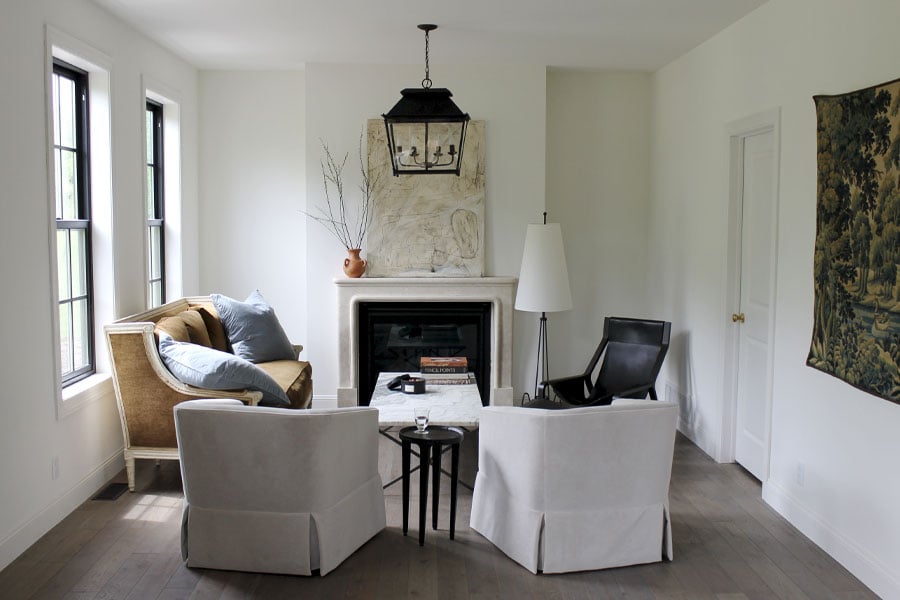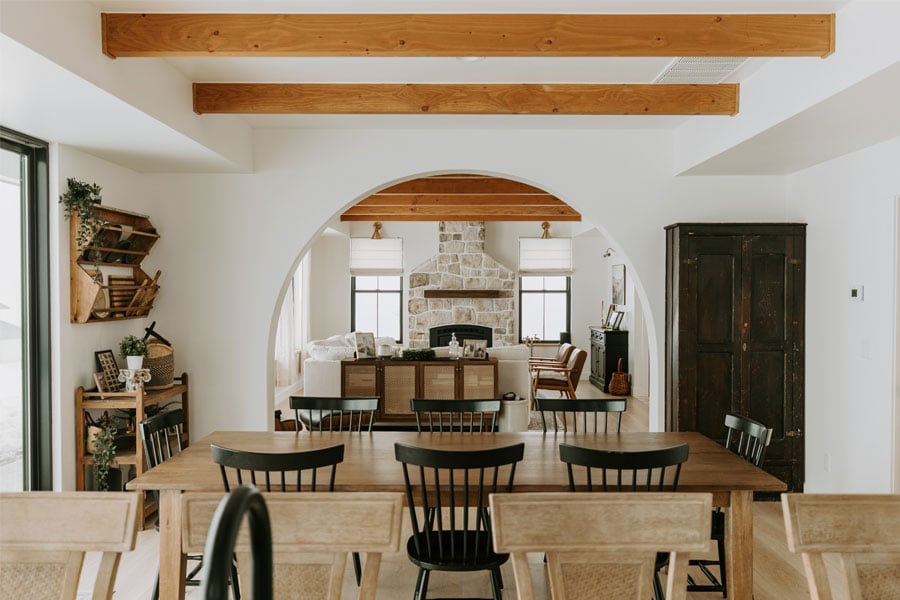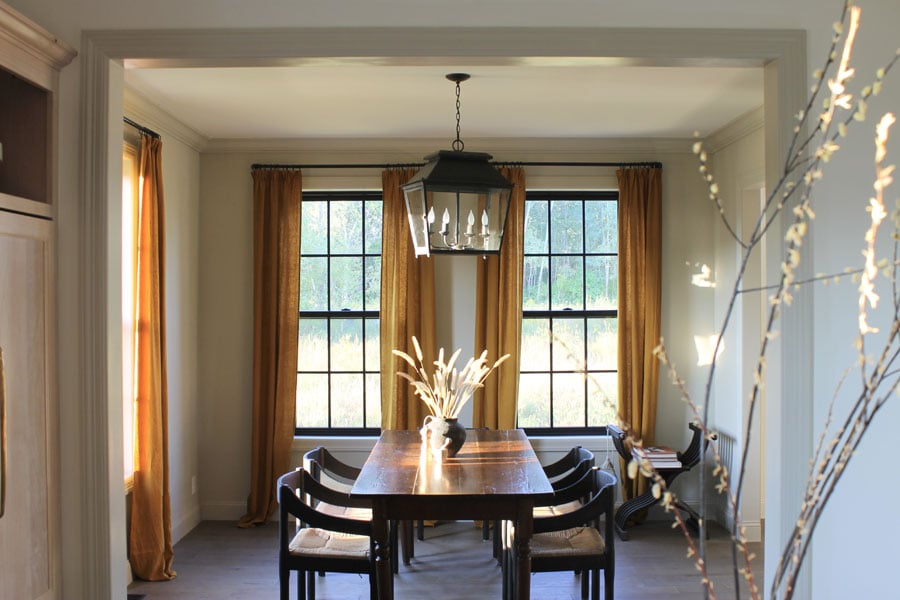Tips
Designer tips on how to create a European farmhouse

What is European-farmhouse style?
First, it’s important to understand the distinction between European-farmhouse style and the general farmhouse style that’s been popular for more than a decade. While the American-farmhouse style has moved toward a modern, minimalist aesthetic, the European farmhouse style is more characterized by warmth and layers.
Characteristic features include “neutral, earth-based colors; luxe materials that may be a bit worn; and casual elegance” said Carrie Valentine, a Minnesota-based interior designer who just created a European farmhouse for her own family.
The timelessness of this style is a big part of its appeal. “Not many people want to buy a home, renovate, or invest in large pieces of furniture and then have it feel outdated in a few years.” said Valentine.

Materials

Architectural features
Using these types of materials to create unique features adds character to a European farmhouse.
Expect to see:
- Rugged wood ceiling beams made of reclaimed barn wood
- Statement range hoods
- Over-grouted stone fireplaces
- Brick or honed stone floors
- Arches in all forms

Windows
Because natural light is the perfect way to generate the warmth associated with this style, Valentine chose to include a whopping 22 windows in an 1,800-square-foot home.
Here are some expert tips on selecting windows to match a European farmhouse:
- Grilles are a traditional window feature making them perfect for a European farmhouse. Valentine chose a six-over-six colonial grille pattern (featuring six squares on top and six on the bottom of each double-hung window) knowing that fewer squares would have given her home a more contemporary look.
- Frame colors in neutrals are a reminder of the earthy origins of this style. Lorenz likes taupe on the exterior and a clean white on the interior. But you don’t have to shy away from the purest neutral of all, black. It’s the color Valentine and Grimstad both chose for their homes.
- Sizing windows larger can help bring in natural light and warmth. “We especially like large windows in the kitchen, stairs, and living spaces,” Lorenz noted. Grimstad agreed. “We put a huge emphasis on windows facing our gorgeous view of the mountains and lake, which is also where all the afternoon light is!”
- Traditional styles of windows tend to have wider and more ornamental frames. Double- and single-hung windows are classic and look beautiful in this style of home, but you could also consider something extra special, like a French casement window, which opens outward and offers unobstructed views.

Decor
Incorporate “a mix of old and new” when furnishing a home of this style, Lorenz suggested. Reclaimed wooden pieces, vintage rugs, and contrasting metal items are all winning selections. “The goal is that you are always contrasting soft lines with clean lines when designing spaces like this,” she explained. “If you pick something contemporary, you will want to balance it by using something more found or antique.” Additionally, Valentine noted, homeowners shouldn’t be afraid of pieces with patina. She’s a fan of items such as stoneware dishes and copper pots — as well as vintage furnishings. “I am against perfection, because it rarely lasts,” said Valentine.
Love farmhouse style? Keep reading!
